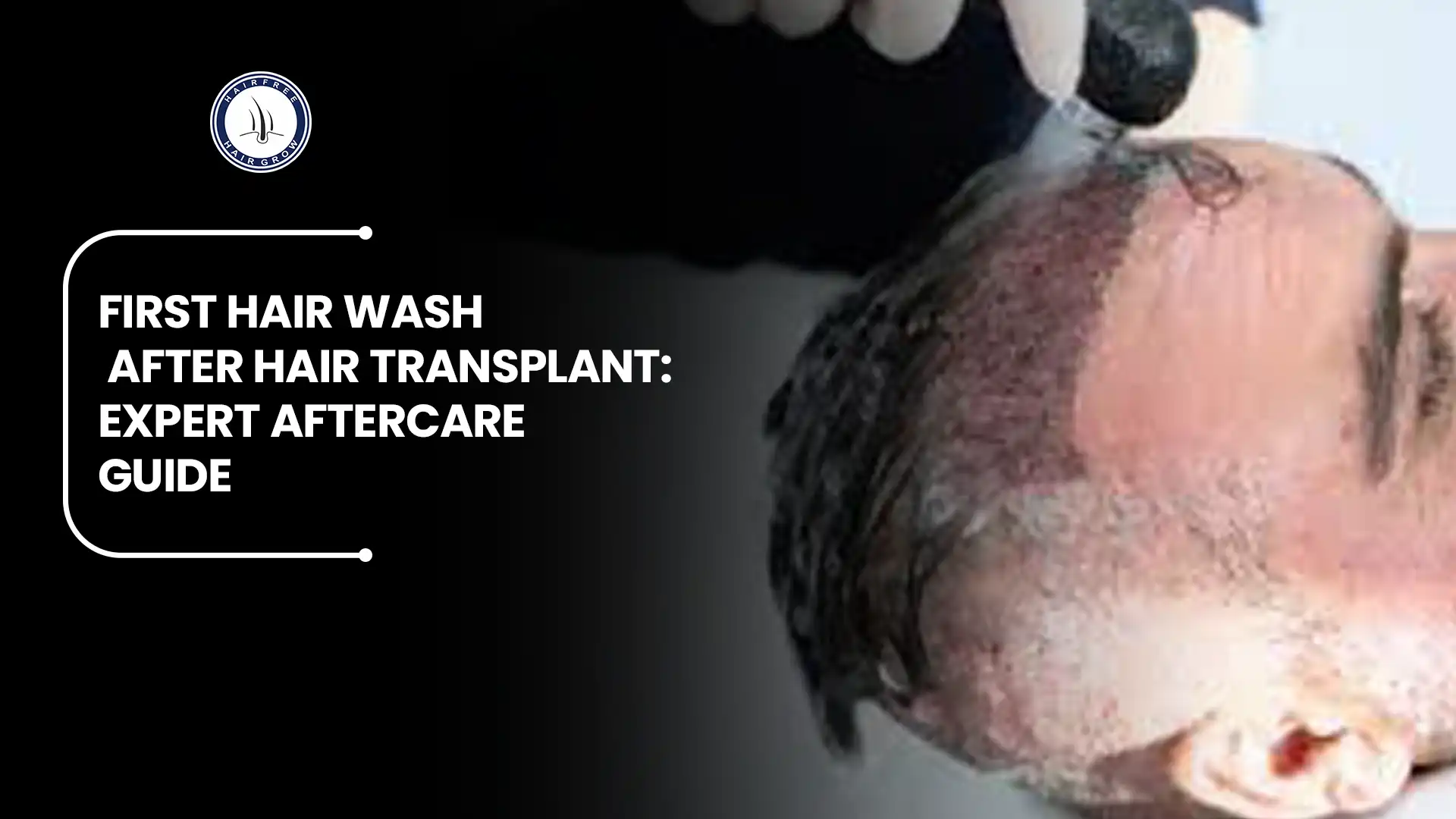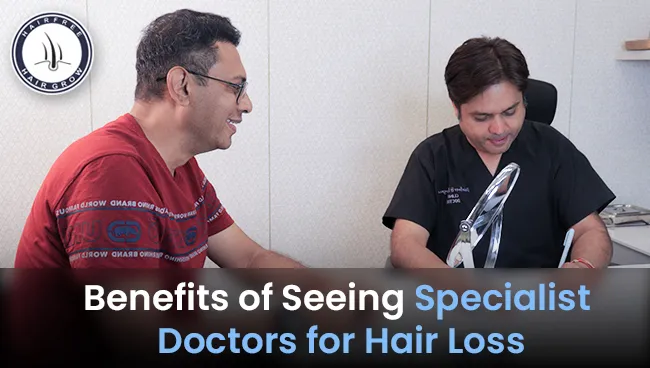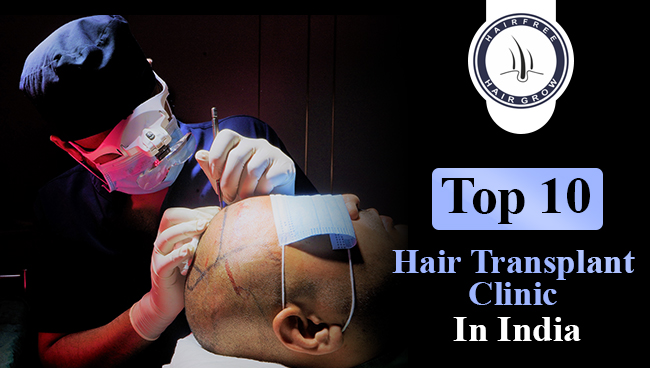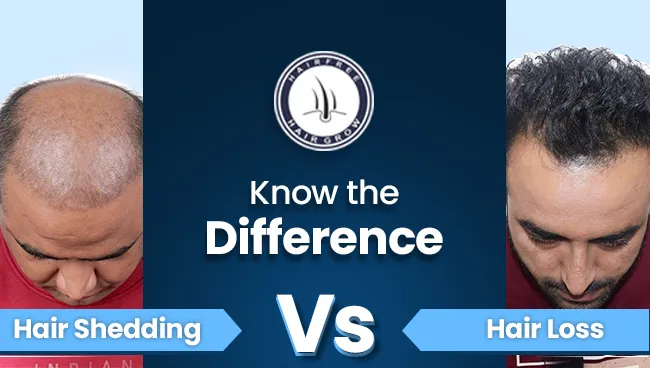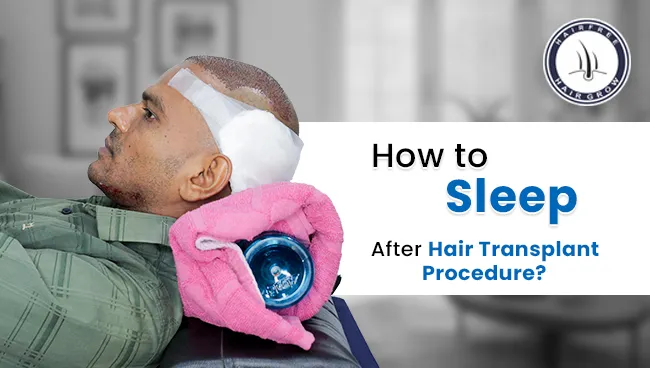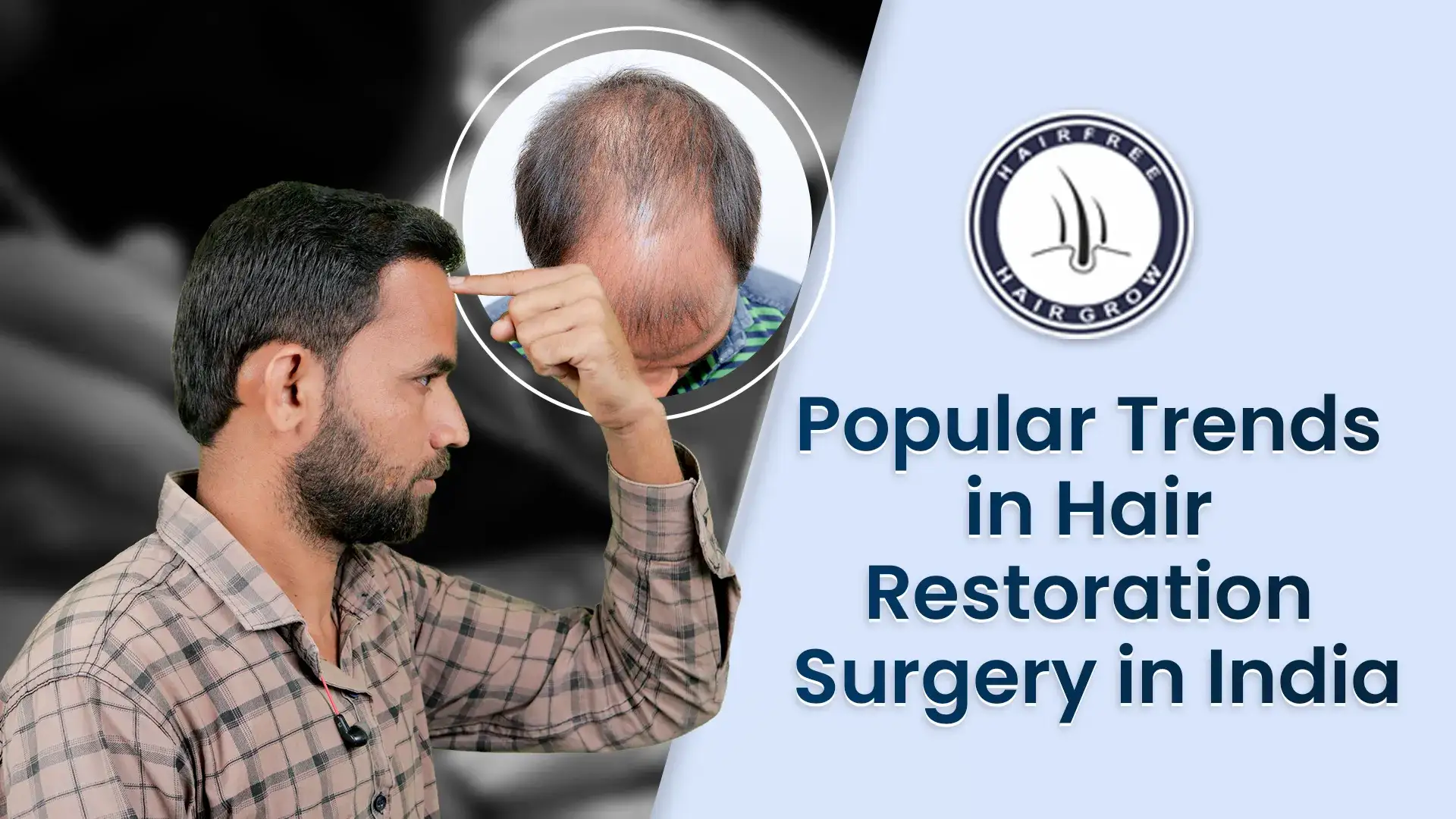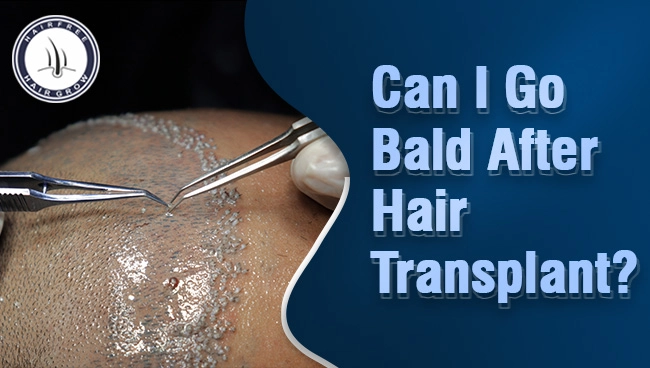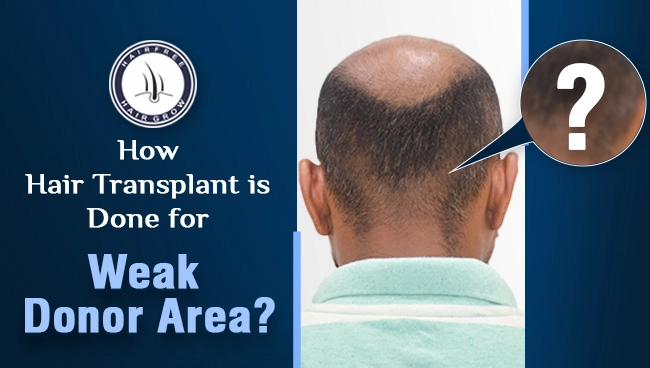Undergoing a hair transplant is an exciting step towards restoring your confidence and achieving a fuller head of hair. But the journey doesn’t end at the surgery. One of the most critical aspects of post-operative care is how and when to wash your hair for the first time after the transplant.
If you’re wondering “When can I do my first hair wash after hair transplant?”, you’re not alone. It’s one of the most commonly asked questions by patients post-procedure. In this comprehensive guide, we’ll walk you through everything you need to know about the first hair wash after a hair transplant, including tips, timeline, techniques, and what to avoid.
Why First Hair Wash Is So Important After Hair Transplant
Your first hair wash after a hair transplant isn’t just about cleaning your scalp—it’s a critical part of the healing process. Usually, this first wash is done between Day 4 and Day 7 after surgery. During this time, you are typically still on antibiotics prescribed by your surgeon, which help with healing and prevent infection.
Washing the scalp the right way helps:
- Remove dried blood and scabs
- Prevent bacterial buildup
- Promote better healing of both donor and recipient areas
- Start the shedding process of the transplanted hair shaft (which is natural)
- A critical part of post hair tansplant care is proper scalp hygiene.
Who Should Do the First Wash?
Ideally, your hair transplant team or clinic↗️ should do your first head wash. They know how to be gentle and effective at the same time, ensuring that the grafts stay intact while the scalp gets cleaned properly.
However, some patients prefer to do it at home. That’s okay—but only if you have fewer grafts and have received clear instructions from your surgeon. If you’ve had a large number of grafts implanted, it’s strongly recommended to get your first wash done at the clinic.
How the First Hair Wash Is Done – Step-by-Step
If you’re wondering how to wash hair after a hair transplant, here’s a safe and surgeon-approved method
1. Using a Mild Shampoo or Betadine Solution
A very gentle, non-chemical shampoo or an antiseptic solution like Betadine is used. The shampoo is mixed with a little water and made into a soft foam.
2. Foam Application
This foam is gently applied all over the transplanted area and left on the scalp for around 5 to 10 minutes. This step ensures the area gets a good antibacterial cleanse without disturbing the grafts.
3. Gentle Cleansing
Using light fingertip pressure—never nails—the clinic staff or you (at home) will begin cleaning the area. The aim is to remove blood clots and surface debris without damaging the new grafts.
4. Scab & Clot Removal
You may notice small blood clots or even tiny hair shafts coming off. Don’t panic! This is completely normal.
These are not the grafts falling out—just the dead hair shafts attached to the follicle. The follicle (or root) remains implanted inside your scalp.
Whether you’ve undergone a FUT or FUE transplant↗️, the post-wash process remains the same: gentle and methodical.
What Happens After First Wash?
Once the first head wash is complete, your scalp is cleaner and healing accelerates. Your donor area also starts to heal faster once it’s free of blood and scabbing.
After this, your doctor will give you a set of 14-day post-wash instructions, which may include:
- Using only mild shampoo at home
- Washing hair on alternate days
- Avoiding sweating and heavy physical activity
- Not exposing the scalp to dust, direct sun, or polluted areas
- Keeping your scalp protected with a clean cap or covering if needed
What About the Hair Shedding Phase?
After a few washes, you’ll start noticing tiny hairs shedding from the transplanted area. This is part of a natural process called “shedding phase” or shock loss.
This phase usually begins after the first hair wash and may last for 2–4 weeks.
Remember:
- This is NOT graft loss.
- The hair will regrow after 3–4 months, stronger and more natural-looking.
When Can I Wash My Hair Normally Again?
By the time you complete 14 days post-surgery, your grafts are stable. After that, you can slowly return to your normal hair wash routine. Still, continue using sulfate-free and gentle shampoo for the next few months to protect your new hair.
Avoid using:
- Hot water
- Strong jets of water on your scalp
- Chemical-based products or oils
Choosing the Best Shampoo for Post-Transplant Care
Selecting the right shampoo is essential to protect your grafts and maintain scalp health. Here are some tips for choosing a suitable product:
- Opt for Mild Formulas: Use a fragrance-free, pH-balanced shampoo, such as a baby shampoo or one specifically designed for post-transplant care.
- Avoid Harsh Ingredients: Steer clear of shampoos containing sulfates, parabens, alcohol, or strong fragrances, as these can irritate the scalp and harm grafts.
- Look for Nourishing Properties: Choose shampoos that promote scalp health and hair growth, such as those with aloe vera or panthenol.
- Follow Surgeon’s Recommendations: Your surgeon may provide a medicated shampoo tailored to your procedure. Use it as directed for the first 1–2 weeks.
After the initial recovery period (around 14 days), you may transition to your regular shampoo, but consult your surgeon to confirm it’s safe.
Do’s and Don’ts of First Hair Wash After Hair Transplant
Do’s | Don’ts |
Use a prescribed mild shampoo | Don’t scratch your scalp |
Follow your surgeon’s instructions | Don’t use hot water |
Pat dry with a soft towel | Don’t rub vigorously |
Wash in a calm environment | Don’t apply oil or hair products |
Final Thoughts
The first hair wash after hair transplant is more than just a cleanup—it’s your first step toward proper recovery and strong hair growth. These hair transplant recovery tips ensure your new grafts thrive and your healing goes smoothly.
So whether you go to your clinic for the first wash or do it at home, follow only medically-approved instructions, use mild products, and be gentle with your scalp.
Ready to Take the Next Step in Hair Restoration?
At Hairfree & Hairgrow Clinic↗️, we specialize in safe, natural-looking hair transplants with full post-surgery support. Our team will guide you through every step of the journey — from the first consultation to the first hair wash and beyond.
Book your free consultation↗️ today and let’s grow confidence together!
Call now: +91 72728 32222
FAQs
1. When can I wash my hair for the first time after a hair transplant?
You can usually wash your hair 48 to 72 hours after the procedure, depending on your surgeon’s advice. The first wash should be done gently using a mild, pH-balanced shampoo and lukewarm water.
2. How do I wash my hair after a hair transplant without damaging the grafts?
Use only your fingertips, avoid rubbing or scrubbing, and rinse using water poured from a cup or mug — not directly from the showerhead. Pat dry gently with a soft towel, avoiding pressure on the transplanted area.
3. Which shampoo should I use after a hair transplant?
Use a gentle, sulfate-free, and fragrance-free shampoo—often a baby shampoo or one prescribed by your surgeon. Avoid products with harsh chemicals, alcohol, or parabens.
4. Can I take a shower after my hair transplant?
Yes, but not in the first 48 hours. After that, you can shower as long as you don’t let water directly hit the transplanted area. Instead, rinse your hair with water using a cup or low-pressure method.
5. Is it normal to have scabs after a hair transplant?
Yes, small scabs will form around the transplanted follicles. They usually fall off naturally within 7–14 days. Do not pick or scratch them, as this may dislodge the grafts.
Written By
MBBS, DDV
Dr. Shridevi Lakhe emphasizes the importance of gentle care during your first hair wash after a transplant. Use lukewarm water and mild shampoo, avoid vigorous rubbing, and gently pat dry to safeguard grafts and encourage healing.
Disclaimer
We’ve made all possible efforts to ensure that the information provided here is accurate, up-to-date and complete, however, it should not be treated as a substitute for professional medical advice, diagnosis or treatment. See Detailed Disclaimers Here.

